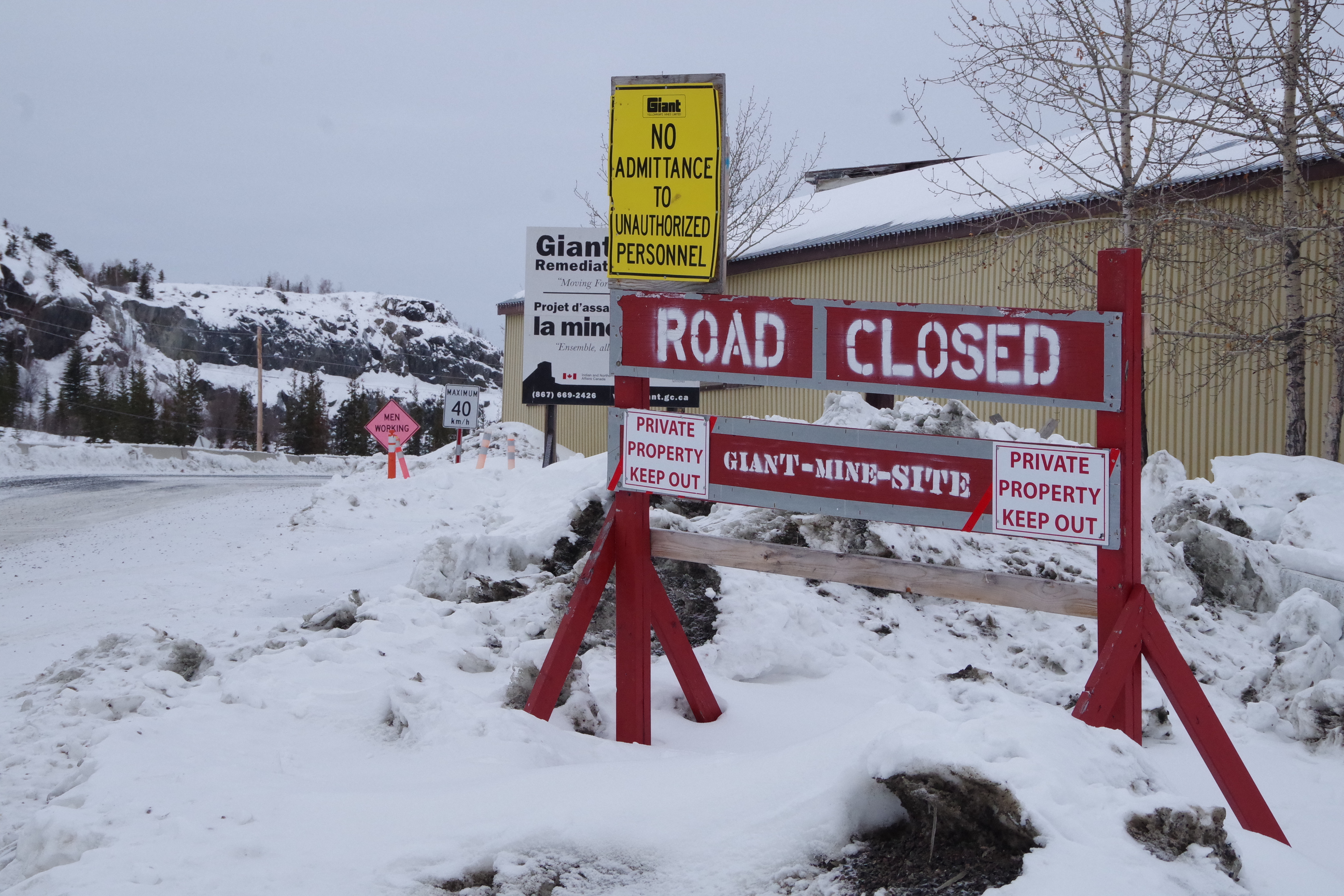The Giant Mine Oversight Board has released its 2018 Annual Report which summarizes the activities of the Board over the past year and presents its observations and recommendations regarding the Giant Mine Remediation Project. This is the third report from the Board.
Dr. Kathleen Racher, Chair of the Giant Mine Oversight Board states that while reporting on the activities of the Board, the report also includes “eleven recommendations for how the Project Team, as well as other Parties, groups, and agencies can improve remediation and communications of the Giant Mine site in an effective and expeditious manner, while securing benefits for local residents.”
Some of the issues and concerns that were raised by the Parties and the public to the Board in 2018 –
- Remediation Planning
• Lack of a formal traditional knowledge strategy for the Project.
• Will the Archaeological Impact Assessment look at impacts of work on Baker Creek?
• Concern about the underground disposal of contaminated materials and underground water
levels.
• Lack of progress on long-term funding to monitor the site after remediation. - Communications
• Lack of communication by the Project Team about the main construction manager’s plan for hiring northern and Indigenous workers.
• Lack of translation of education materials into Indigenous languages.
• Lack of information about emergency plans at the Giant Mine site and arsenic contamination offsite. - Socio-Economic Planning
• Lack of local information in the Project’s most recent Labour Resource Study.
• Failure of the Socio-economic Study to identify barriers to training, not just training itself, as
employment obstacle for work on Project. - Community
• Training, safety, job security, and other concerns about the working environment at the mine site.
• Impacts of remediation on light pollution, on the sailing club dock, and the Yellowknife Historical Society’s museum.
• Arsenic hot spots in Ndılo˛. - Parties to the Environmental Agreement
• Negotiation of contribution agreements for the Parties.
• The capacity of the Parties to participate in reviews and hearings for the mine’s water licence.
Some of the progress that was had by the Project in 2018 –
- Project Team members, the Parties, and GMOB have solid professional working relationships with each other.
- While the vision of what is possible differs, everyone involved in the Project is committed to site remediation that protects the environment and enhances the socioeconomic and cultural well-being of residents.
- The Project Team moved forward on plans to remediate the surface and stabilize the underground areas of the mine site. Overall, the Project Team is effective in reducing the environmental risks associated with the Giant Mine. The Project Team is doing ongoing care and maintenance, preliminary remediation work, and it developed a draft integrated remediation plan.
- The Yellowknife Crown-Indigenous Relations and Northern Affairs Canada office and Yellowknives Dene First Nation had preliminary discussions about an apology and compensation for harm done by the Giant Mine.
- The Project Team is setting up committees made up of various interested agencies to coordinate the Project’s socio-economic and capacity-building opportunities.
- The Yellowknife CIRNAC office and the YKDFN leadership appear to have resolved the issue of arsenic trioxide contamination in Ndılo˛.
- CIRNAC and the GNWT provided money and support for YKDFN’s traditional knowledge study and an archaeological study at the Giant Mine site.
- CIRNAC provided additional money to some of the Parties and is discussing this possibility with others. The money will pay for additional people and expertise.
- CIRNAC and the GNWT are discussing responsibility for remediating offsite contamination.
- The Project Team has tried hard to involve the Parties in its work and decisions.
GMOB Priorities and Next Steps to continue to improve in 2019 –
- Fully participate in the water licensing process.
- Continue to promote a more effective and inclusive socio-economic and capacity-building strategy to help local residents benefit from job and contract opportunities presented by the Project.
- Continue to promote meaningful Project actions toward reconciliation by the co-proponents.
- Continue to work with TERRE-NET and others on potential solutions to arsenic trioxide stored
underground at the Giant Mine site. - Advance administrative goals. These, include creating a publicly-accessible inventory of Giant Mine related documents, auditing GMOB’s effectiveness, and updating communication policies.
The GMOB is an independent body that functions under the direction of a six-member Board of Directors appointed individually by each of the Parties to the Giant Mine Remediation Project Environmental Agreement.
The full report will be presented at the GMOB Annual Public Meeting on May 1st at 7:00 p.m. in the main hall of Northern United Place in Yellowknife.
The full Giant Mine Oversight Board 2018 Annual Report is available online at:
https://www.gmob.ca/wp-content/uploads/2019/04/GMOB_Annual-Report-2018-FINAL.pdf




